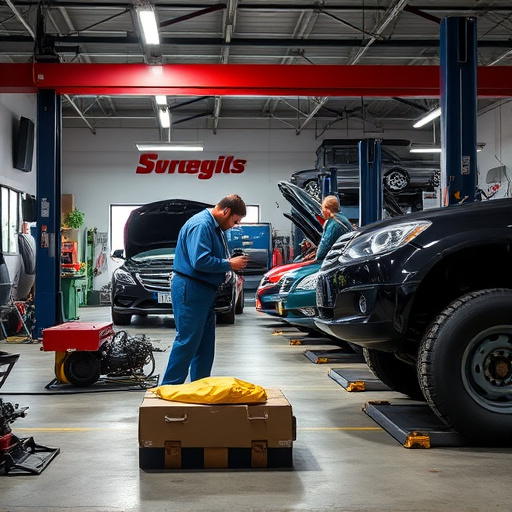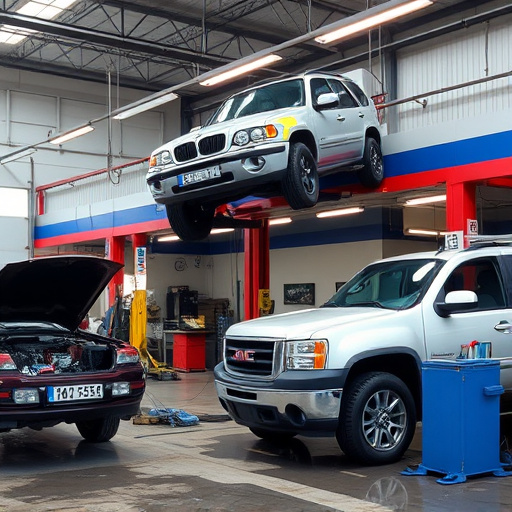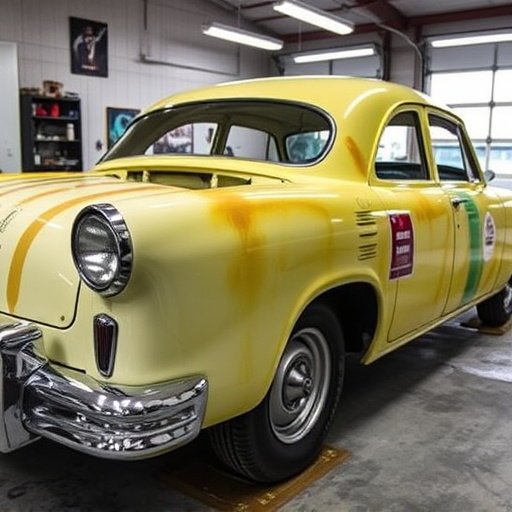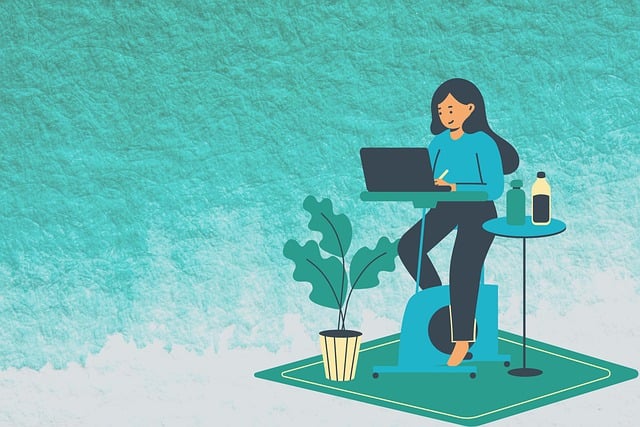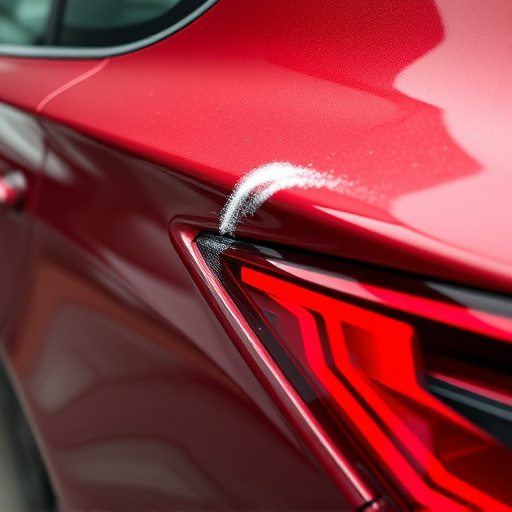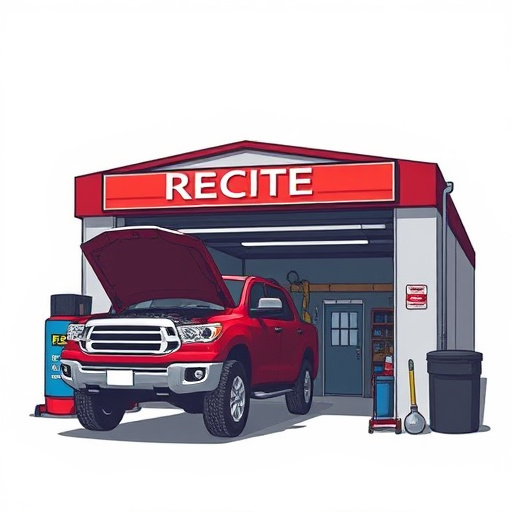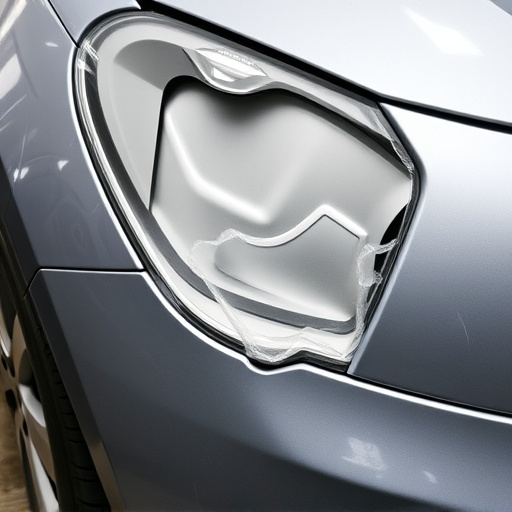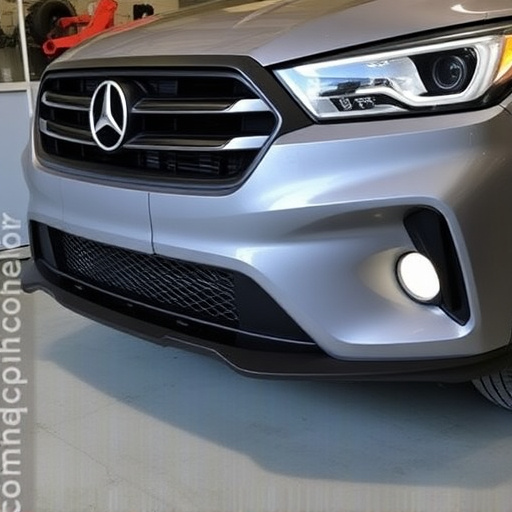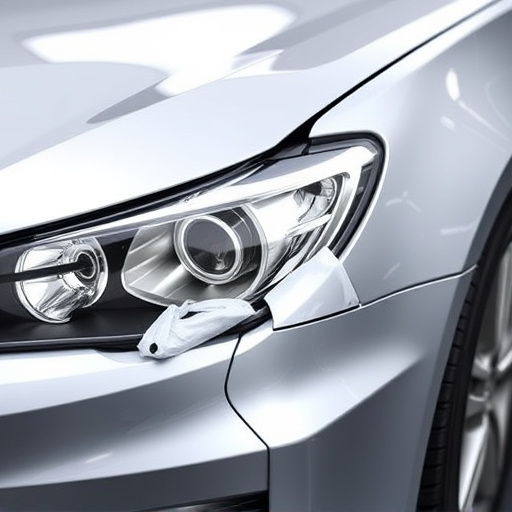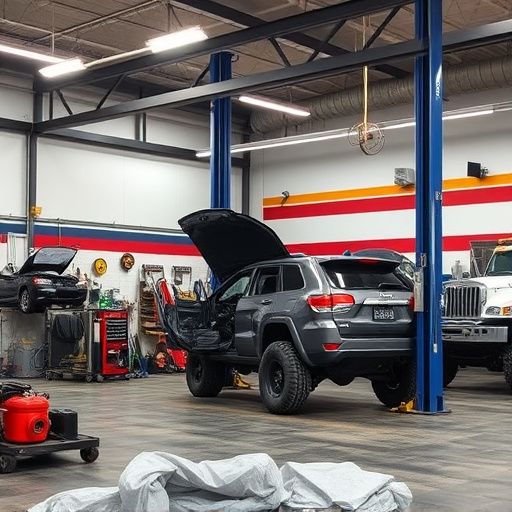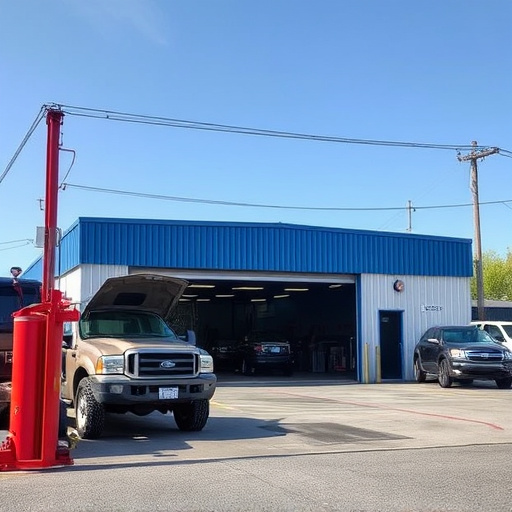Before starting any interior trim repair collision, conduct a meticulous assessment of the vehicle's condition, using a flashlight in tight spaces to identify visible and hidden damage. Gather essential supplies including replacement parts, adhesive, sandpaper, and cleaning solutions. For complex cases or if unsure, consult an auto body shop for quality components and accurate diagnosis. Prepare with necessary tools, safety gear, and assess concurrent exterior issues for complete restoration.
Preparing your vehicle for interior trim repair after a collision is crucial for restoring both its functionality and aesthetics. This comprehensive guide walks you through every step, from assessing damage and gathering supplies like adhesive, primers, and replacement parts, to meticulous demolition, preparation, and repair. We’ll show you how to safely remove damaged components, clean affected areas, protect surrounding surfaces, and finally, install new or repaired trim pieces while adhering to industry standards for bonding and sealing.
- Assessing Damage and Gathering Supplies
- – Identifying interior trim damage
- – Creating a list of necessary tools and materials for repair
Assessing Damage and Gathering Supplies
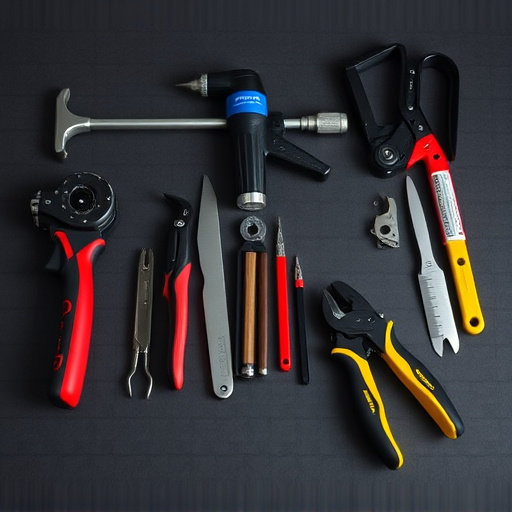
Before diving into any interior trim repair collision, it’s crucial to assess the damage thoroughly. Begin by inspecting the affected areas closely, noting the extent of the damage and identifying any loose or missing components. This step is essential for preparing an accurate plan for repairs. Consider using a flashlight for visibility in tight spaces.
Gathering the right supplies is the next critical step. Depending on the type and extent of the damage, you might need various tools and materials specific to interior trim repair collision. Common essentials include replacement parts like panels or veneers, adhesive suitable for automotive use, sandpaper for smoothing edges, and cleaning solutions. For more complex cases, especially in a Mercedes-Benz repair scenario, consulting with an auto body shop can help source the precise components needed, ensuring quality auto maintenance throughout the process.
– Identifying interior trim damage
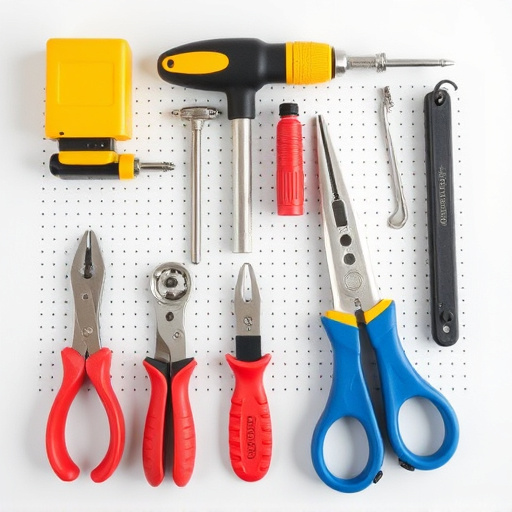
Identifying interior trim damage is a crucial step in any collision repair process. After a collision, it’s essential to thoroughly inspect your vehicle’s interior carefully. Look for visible signs like tears, rips, or crumpling in panels, dashboards, door trims, and other soft parts. These may be apparent right away, but some damage could be hidden behind seats or under other components. Feel for any gaps, misalignments, or odd smells that might indicate internal shifts caused by the impact.
Use a flashlight to peer into tight spaces and check for dents, dislodged padding, or exposed hardware. Keep in mind that interior trim repair collision often involves more than just visible damage; it’s about ensuring structural integrity and restoring your vehicle to its pre-accident condition. If you’re unsure about any aspect of the process, consult with a trusted auto body shop where skilled technicians can assess and accurately diagnose the scope of work required for effective interior trim repair.
– Creating a list of necessary tools and materials for repair
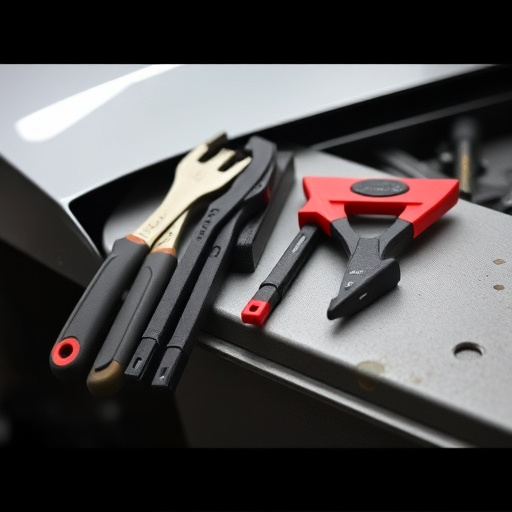
Before tackling any interior trim repair collision, it’s crucial to gather all the necessary tools and materials to ensure a seamless fix. Start by making a comprehensive list that includes everything from basic hand tools like scissors, utility knives, and screwdrivers, to specialized items such as adhesive, primer, and color-matched interior parts. Don’t overlook safety gear, including gloves, eye protection, and a respirator mask, especially when handling chemicals or fine particles.
Additionally, consider the condition of your vehicle’s bodywork and other related components. While focusing on interior trim repair collision, it’s helpful to keep an eye on any concurrent issues with the exterior or tires. Regular auto maintenance, including tire services, can prevent further damage and ensure a more comprehensive restoration for both interior and vehicle bodywork.
Preparing your vehicle for interior trim repair after a collision is a meticulous process. By carefully assessing the damage, gathering the right supplies, and following a structured approach, you can effectively restore your vehicle’s interior to its pre-accident condition. Remember, proper preparation ensures successful repairs, enhancing the overall quality of the restoration. For an optimal outcome, always refer to professional guidelines and consider seeking expert assistance when needed.
